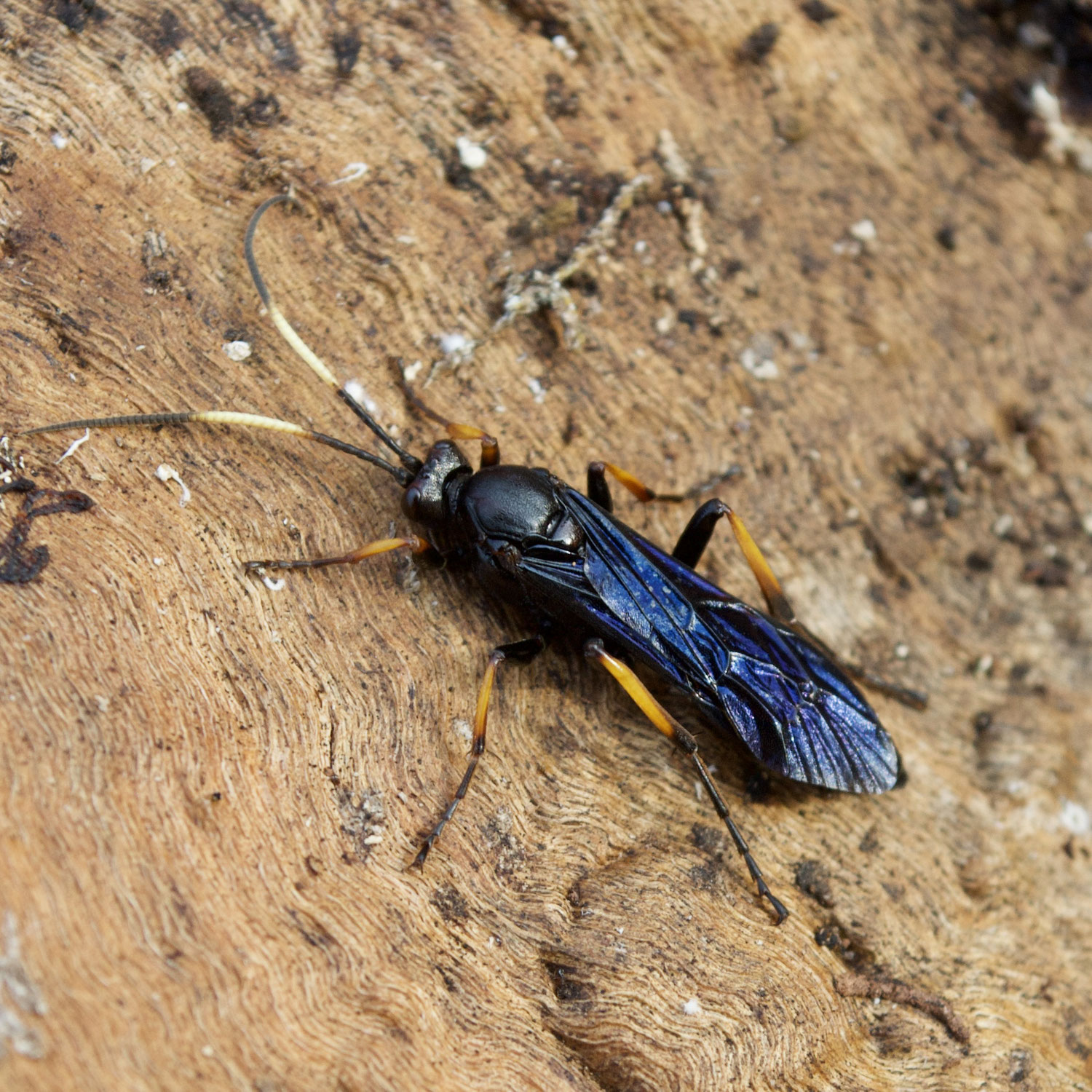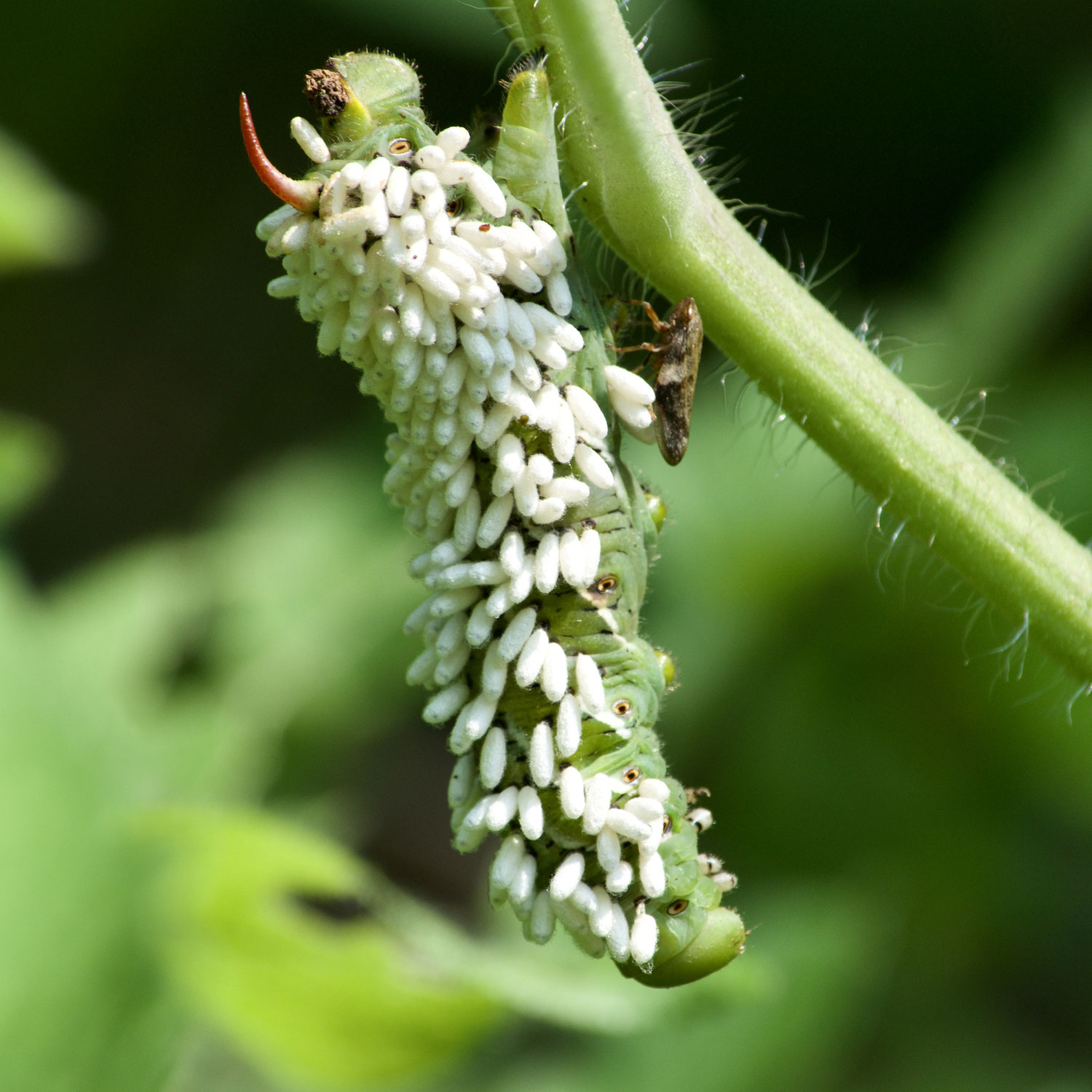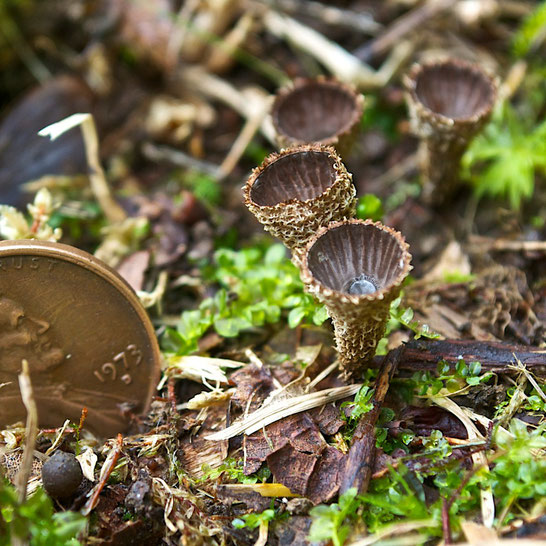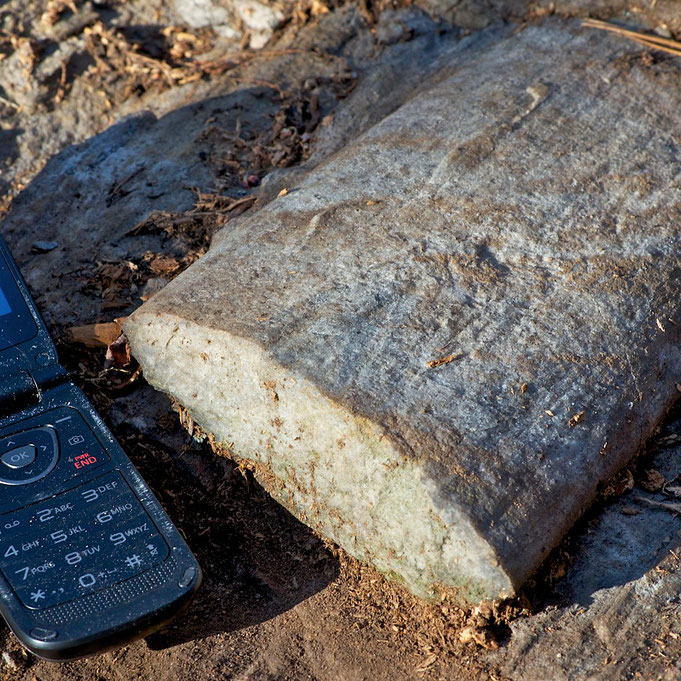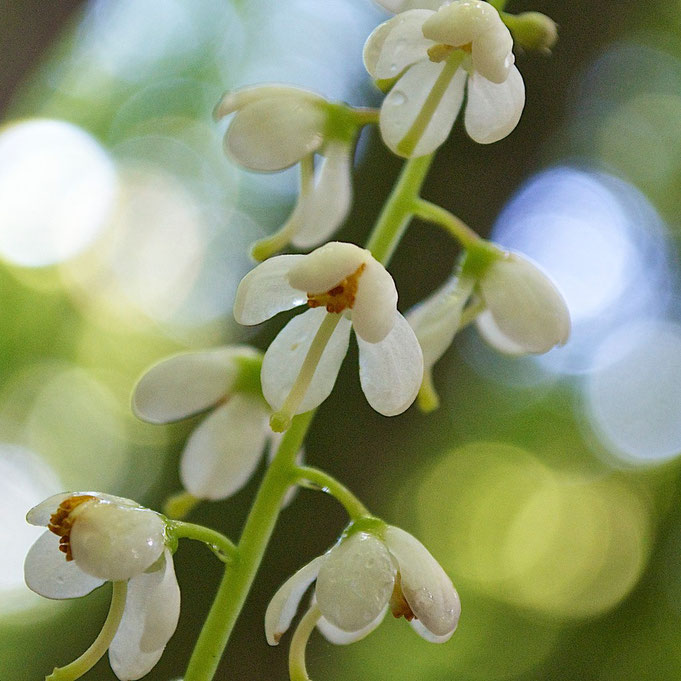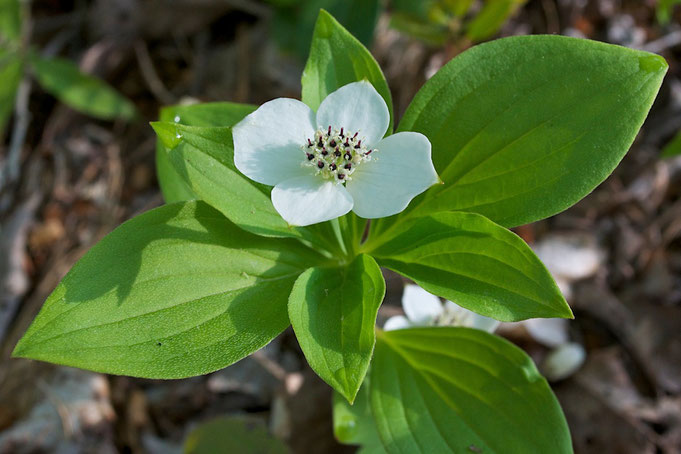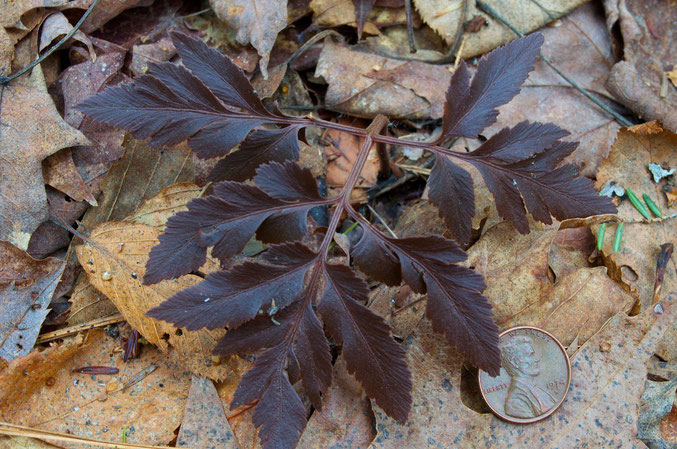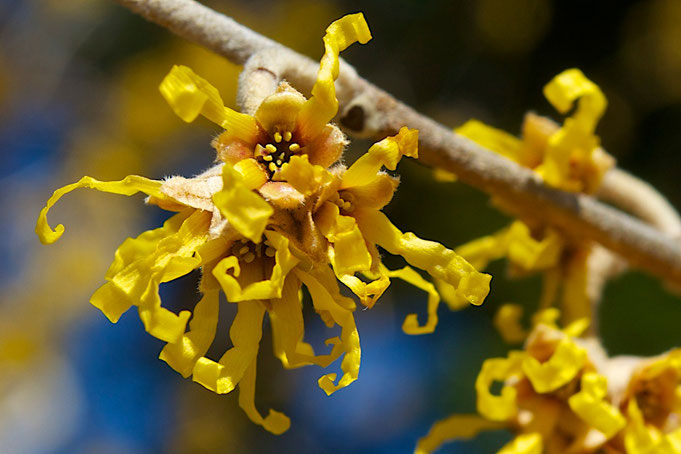insects · November 15, 2014
Female Ichneumon wasp (Ichneumon centrator) hibernate for the winter beneath loose bark of fallen trees, which is where this one was found.
vegetables · November 15, 2014
It is hard to believe that leaving a log or downed tree in the woods might help you grow better vegetables, but it might just be true.
native plant · October 17, 2014
Salidago, commonly called Goldenrod, is a genus of over 100 species of flowering perennial plants in the aster family. The majority are native to North America, with just a few species native to South America and Eurasia. The pollen of Goldenrod is often unfairly blamed for causing hay fever in humans. However, the true culprit is the wind-dispersed pollen of Ragweed (Ambrosia sp.), which blooms at the same time as goldenrod. Goldenrod pollen is too heavy to be easily blown about, with the...
spiders · September 15, 2014
Goldenrod Crab Spider (Misumena vatia) are common on a number of flowers at Distant Hill Gardens. Our Milkweed Meadow is one of their preferred sites for laying their eggs and guarding them until they hatch. This species is a sit-and-wait predator that does not use a web to catch their prey. This one was hiding on a pink Rugosa Rose. Not the best camouflage, but it was still able to snare a bumble bee. Because flowers are their chosen habitat, the majority of their diet includes pollinators...
fungi/mushrooms · August 30, 2014
I noticed this tiny fungus growing in the grass on my way to the swimming pond recently. Cyathus striatus, commonly known as Fluted Bird's Nest, is a common bird's nest fungus with a widespread distribution throughout temperate regions of the world. Fluted Bird's Nest can be distinguished from other bird's nest fungi by its hairy exterior and fluted inner walls. Cyathus striatus is a saprobic fungus, deriving its nutrition from decaying organic material, and is typically found growing in...
geology · July 31, 2014
Stretched pebbles are formed from a specific combination of pressure, heat, and a linear movement of the earth's sub-surface as a type of rock called a metaconglomerate is being formed. A metaconglomerate is a metamorphic rock composed of pebbles and gravel that have been flattened due to directed pressure. Sometimes, strongly directed metamorphism results in a stretched-pebble conglomerate. The parent rock for a metaconglomerate is a sedimentary rock conglomerate. The rock forms from large,...
native plant · July 10, 2014
Shinleaf (Pyrola elliptica) is a native perennial wildflower that can be found growing in the woods of Distant Hill Gardens. It is an evergreen herb, 5-10 inches high with a slender, branching rootstock that produces a set of basal, dark green, ovate to elliptical leaves. The naked flower stalk bears from 7-15 white, waxy, drooping, greenish-white flowers, which smell like lily-of-the-valley and bloom in early summer here in southern New Hampshire. Shinleaf is also known as Waxflower Shinleaf...
native plant · June 07, 2014
Canadian Bunchberry (Cornus canadensis) is a woodland perennial flowering in late spring at Distant Hill Gardens. It only reaches a height of about 8 in (20 cm), unlike other taller native dogwoods that are shrubs or small trees. It grows in moist partial shade, often under conifers, and in wooded swamps, shaded bogs and peaty areas. It likes acidic soils, which we don't have much of on Distant Hill. Just a few Bunchberries grow on the acidic shore of the Cranberry Bog/fen under some native...
ferns · May 05, 2014
The Bronze Fern, also known as Cut-leaved Grape Fern or the Common Grape Fern, is unusual in that it grows in one of two forms, a broad leaf form (Botrychium dissectum obliquum), or a skeletonized cut-leaf form (Botrychium dissectum dissectum). This small grape fern also has an unusual life cycle. It begins it growth during the late summer, when new leaves (both fertile and infertile) are produced.
native shrubs · April 06, 2014
Witch-hazel (Hamamelis) is a genus of flowering plants in the family Hamamelidaceae, with three species in North America and one each in Japan and China. They are deciduous shrubs or small trees growing to 10–30ft (3–9m) tall.
Distant Hill was listed as one of the Top 10 Places to Visit in New Hampshire!
Friends of Distant Hill (dba Distant Hill Gardens and Nature Trail) is a nonprofit,
tax-exempt organization under Section 501(c)(3) of the U.S. Internal Revenue Code.
Donations are tax-deductible as allowed by law. Tax ID# 84-3765898
or send a check via Snail Mail to:
Distant Hill Gardens and Nature Trail, 507 March Hill Road, Walpole, NH 03608

